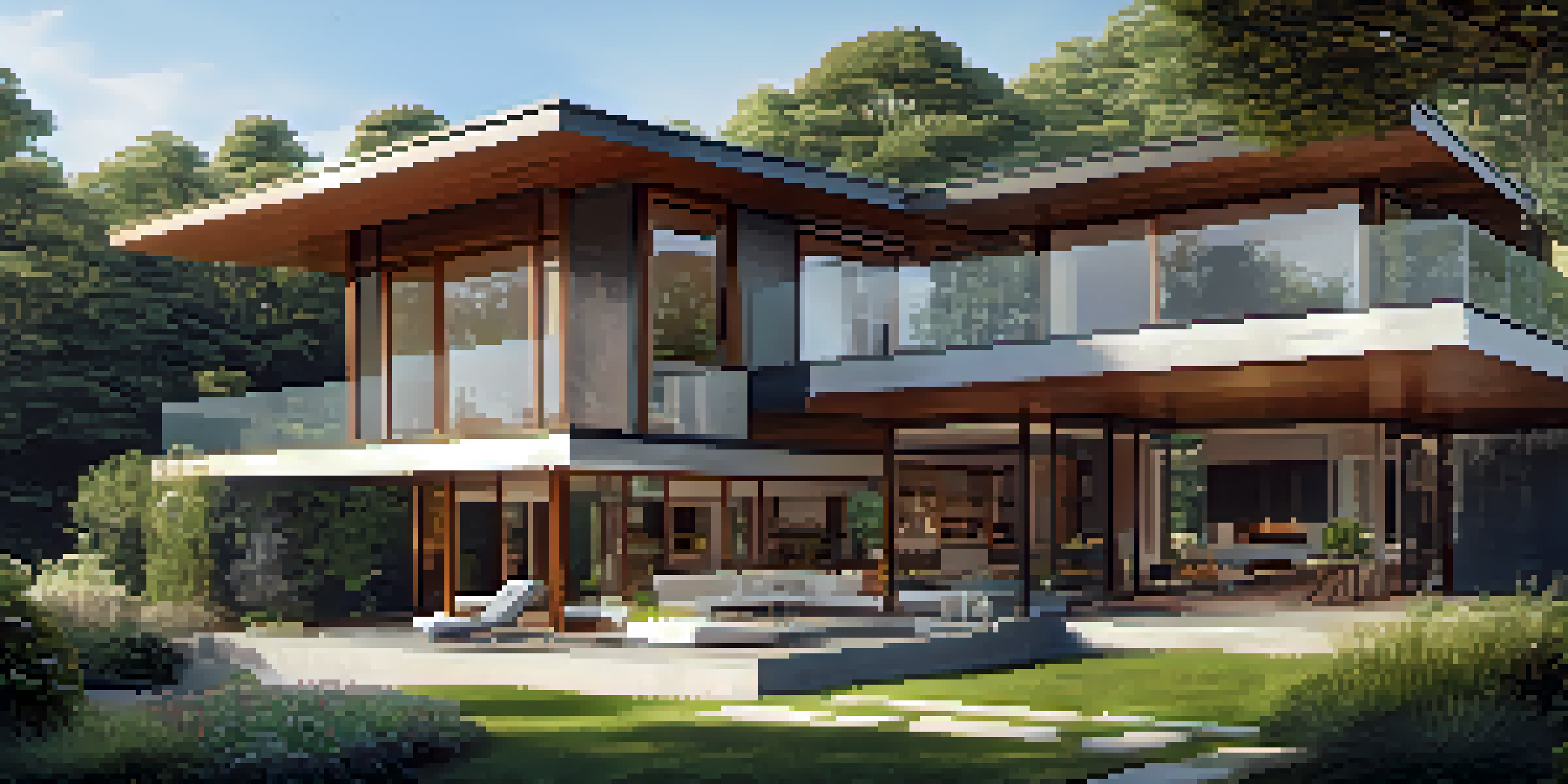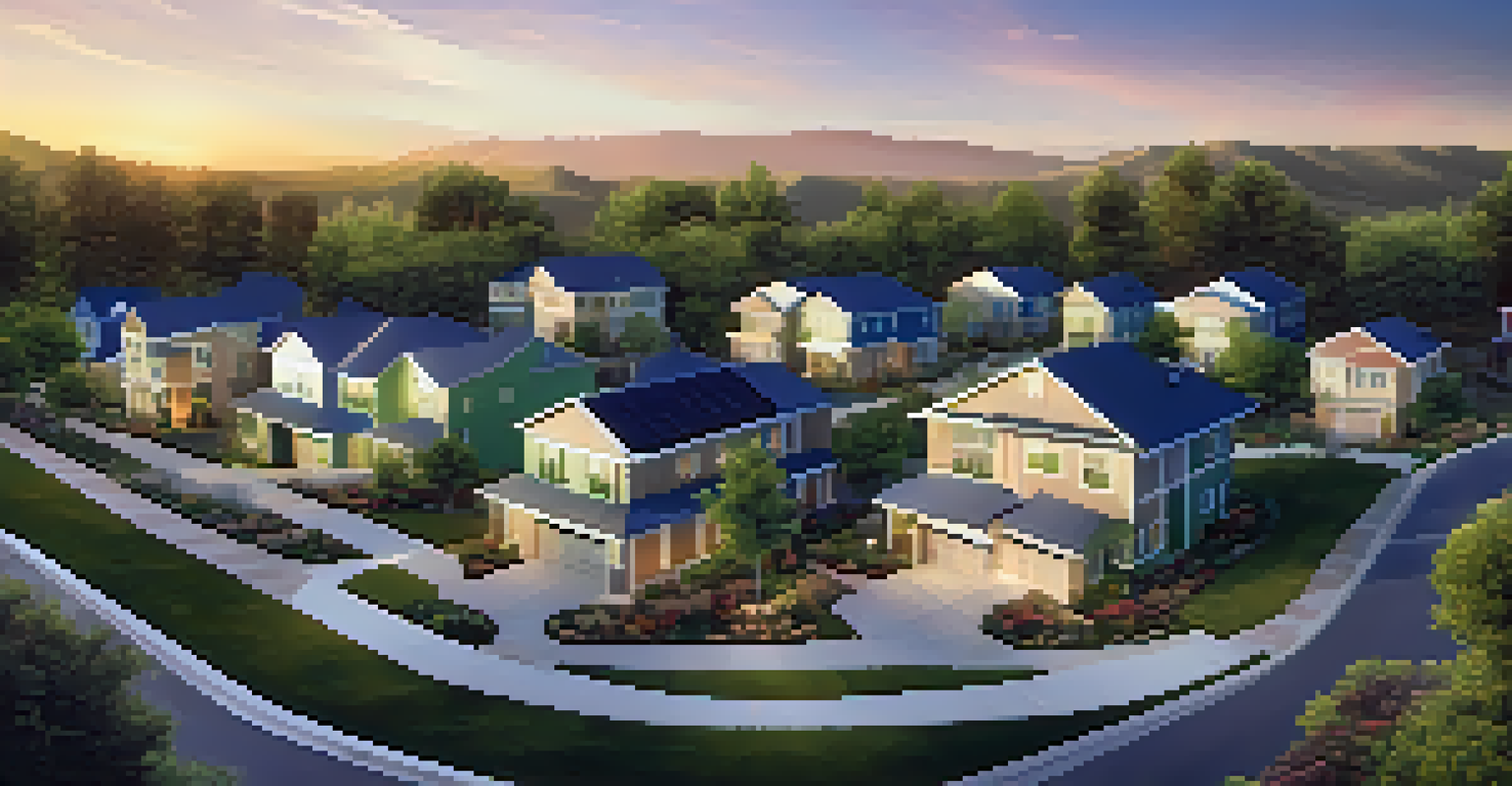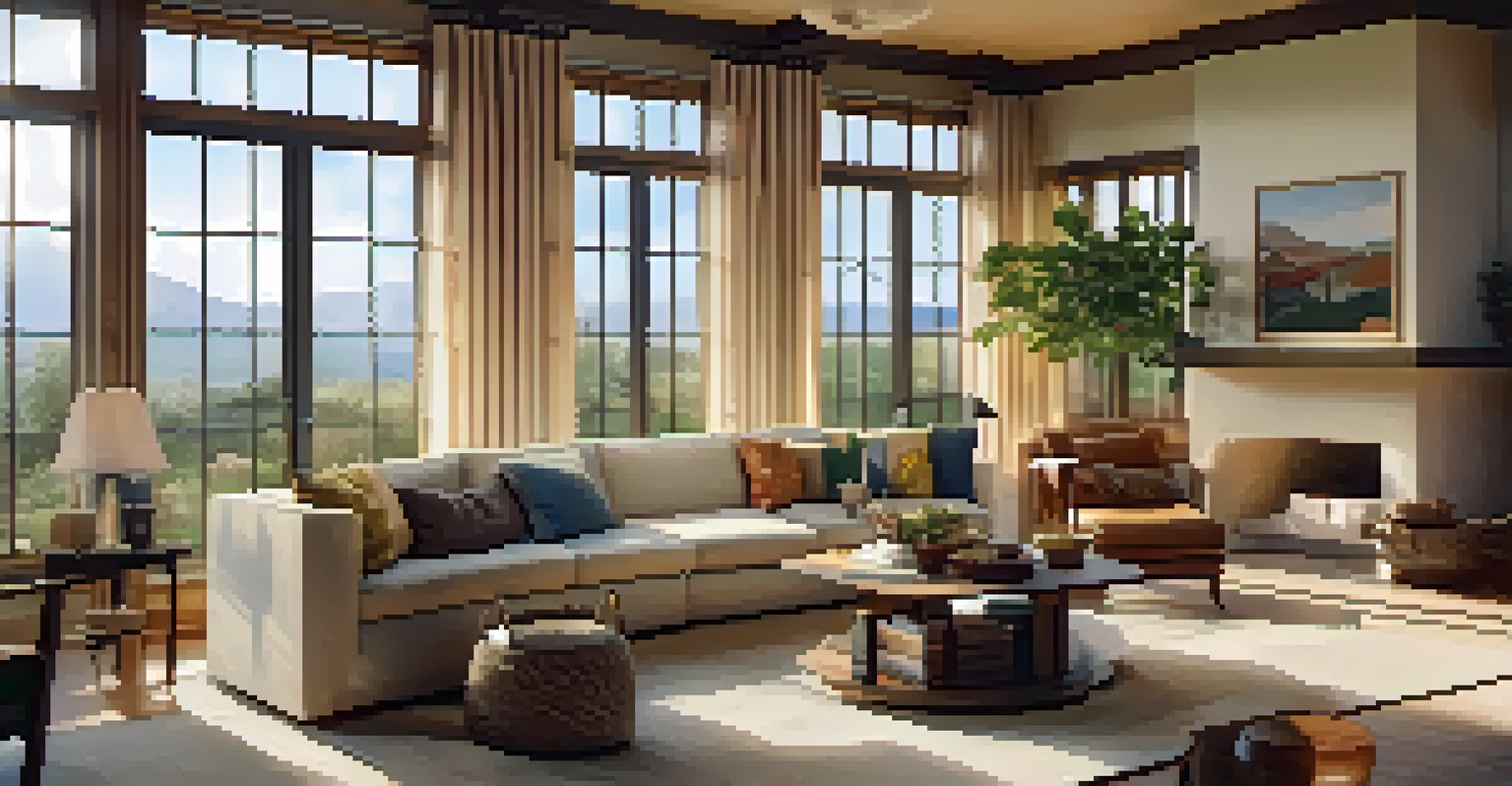The Impact of Home Orientation on Energy Efficiency

What is Home Orientation and Why It Matters?
Home orientation refers to the positioning of a house in relation to the sun. Essentially, it determines how much sunlight a home receives throughout the day. This positioning can significantly impact heating, cooling, and overall energy use.
The sun is the most important source of energy for life on Earth. It is the primary driver of our climate and weather, and it provides warmth and energy for our daily needs.
For instance, a south-facing home can capture more sunlight during winter, reducing heating costs. Conversely, homes that face north may rely more on artificial lighting and heating, leading to higher energy bills.
Understanding home orientation is crucial for homeowners and builders alike. By considering this factor, one can maximize natural light and minimize energy costs, leading to a more sustainable living environment.
The Benefits of Proper Home Orientation
Proper home orientation can lead to substantial energy savings. By harnessing natural sunlight, homeowners can reduce their reliance on heating systems during colder months. This can translate into lower utility bills and a reduced carbon footprint.

Additionally, strategic orientation can enhance indoor comfort. Homes that receive balanced sunlight can maintain consistent temperatures, reducing the need for air conditioning in the summer and heating in the winter.
Home Orientation Saves Energy Costs
Proper home orientation significantly reduces heating and cooling needs, leading to lower utility bills.
Moreover, a well-oriented home can create a more inviting atmosphere. Natural light can improve mood and well-being, making spaces feel larger and more welcoming, which is a significant benefit for any homeowner.
How Orientation Affects Heating and Cooling Needs
The way a house is oriented can drastically affect its heating and cooling requirements. For example, homes that face east will receive morning sunlight, which can help warm the house during chilly mornings. This can decrease the amount of energy needed for heating.
Sustainability is about ecology, economy, and equity. It is about creating a world where people can thrive without compromising the planet’s health.
On the flip side, homes that are oriented to avoid direct sunlight may struggle with heating in winter, leading to higher energy consumption. Understanding these dynamics can help homeowners make informed decisions about energy usage.
By strategically placing windows and considering roof overhangs, homeowners can maximize or minimize sunlight exposure, further enhancing energy efficiency. This thoughtful planning can lead to a more comfortable and cost-effective living space.
The Role of Landscaping in Energy Efficiency
Landscaping plays a crucial role in augmenting the benefits of home orientation. Trees and shrubs can provide shade during the summer, helping to cool a home naturally. This can significantly reduce the reliance on air conditioning.
Conversely, strategically placed trees can allow winter sunlight to penetrate and warm the home. This dual benefit of shading in summer and sunlight in winter highlights the importance of thoughtful landscaping.
Landscaping Enhances Energy Efficiency
Thoughtful landscaping can complement home orientation by providing shade in summer and sunlight in winter.
For homeowners, integrating landscaping with home orientation can create a beautiful environment that also enhances energy efficiency. It's about creating harmony between nature and architecture.
Considerations for New Home Construction
When constructing a new home, orientation should be a top consideration. Builders and architects can design homes that take full advantage of natural light and seasonal changes. This foresight can lead to energy-efficient designs that reduce long-term costs.
For instance, using larger windows on the south side can increase passive solar gain while smaller windows on the north face can limit heat loss. These design choices can significantly affect energy efficiency and comfort.
Incorporating energy-efficient materials and technologies alongside thoughtful orientation can create homes that are not only beautiful but also sustainable. This approach can attract environmentally-conscious buyers and improve property value.
Retrofitting Existing Homes for Better Orientation
Homeowners with existing properties can still enhance energy efficiency through retrofitting. Simple changes like adding awnings, adjusting landscaping, or installing energy-efficient windows can make a significant difference. These modifications can help better align the home with its surrounding environment.
For example, adding window films can reduce heat gain while allowing natural light to filter in. This can be particularly beneficial for homes that aren't ideally oriented but want to improve their energy performance.
Future Trends in Home Design
Emerging technologies and a focus on sustainability will make home orientation a key factor in energy-efficient living.
Retrofitting is not just about energy savings; it can also boost a home's aesthetics and comfort. Small changes can lead to a more pleasant living space and lower energy bills.
The Future of Home Orientation and Energy Efficiency
As technology advances, the future of home orientation looks promising. Innovations in solar energy and smart home technology can create even more energy-efficient residences. These developments will allow homeowners to monitor and manage their energy use more effectively.
Moreover, as awareness of environmental issues grows, home orientation will likely become a more central topic in sustainable building practices. Future homes will increasingly incorporate orientation as a key design principle.

Ultimately, the combination of thoughtful orientation, innovative technology, and sustainable practices will pave the way for a more energy-efficient future. Homeowners can look forward to a greener, more cost-effective way of living.